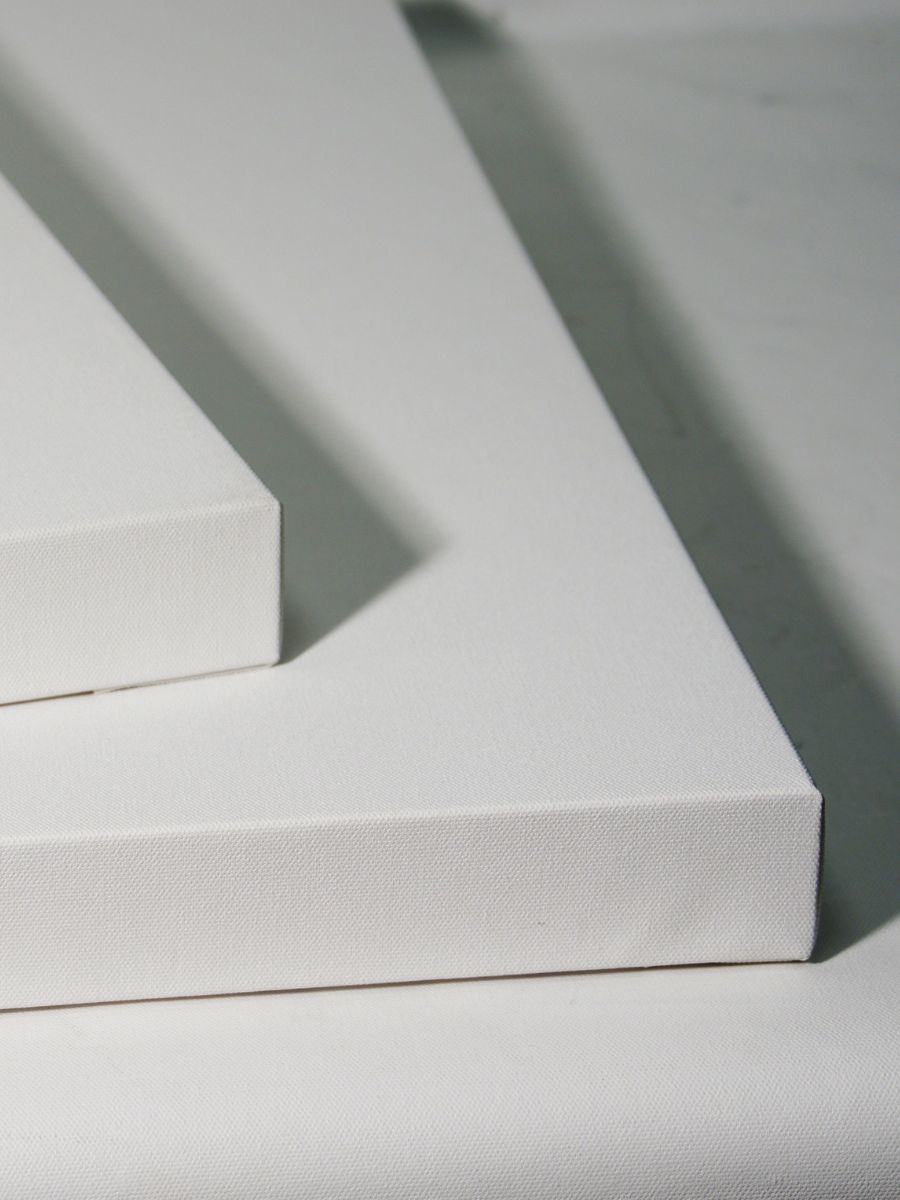
Pricing Challenges of Visual Artists: Why It’s So Tough to Value Your Work
Pricing art is tricky and can feel impossible to do. Whether you’re an emerging painter or a seasoned mixed-media artist, assigning value to your work raises emotional and practical challenges. Let’s break down why pricing is so hard, and what you can do about it.







